Ever seen a brand’s reputation deteriorate instantly with a single tweet, a customer complaint, or an unexpected glitch can turn into a public relations disaster within hours. What separates a company that bounces back stronger from one that sinks in silence is not luck, it’s strategy. More specifically, it’s crisis communication. In comparison to standard public relations, crisis communication often collaborates with legal and compliance departments to guarantee accuracy and punctuality. A manufacturing company dealing with a product failure, for instance, must coordinate its press release with regulatory notices and customer service updates. Every message needs to be in line with the larger risk response and consistent. Without clarity, speed can make things worse.
The Importance of Crisis Communications
Reacting to sudden shock events is only one aspect of crisis communication. It is an organised method that helps businesses in controlling public expectations, protecting internal processes, and retaining control in moments of disruption. Without a clear message, even small problems can turn into long-term harm to income, trust, and reputation.
Effective crisis communication does more than just stop harm. At a time when people are watching the media, it provides a chance to maintain transparency, responsibility and leadership.
Planning for Crisis Communication
You need to plan before the panic. It takes time to develop a solid crisis communication plan once something has gone wrong. It's a structure you establish in advance so that your team is aware of exactly what needs to be said, by whom, and at what speed. When things get nasty, having a solid strategy helps you stay calm under pressure, move swiftly, and keep people's trust. Here are the steps to develop a well executable communication crisis plan:
• Step 1: Identify and Prioritize Potential Risks
• Step 2: Build a Cross-Functional Crisis Team
• Step 3: Define Roles and Draft Core Messaging
• Step 4: Establish Communication Channels and Protocols
• Step 5: Test and Refine Your Plan
Managing Media During a Crisis
When the media attention rises, panic is more lethal than the original crisis, one wrong narrative or a minute delayed response can completely change a brand's credibility.
To handle the media in the best way possible:
• Designate a trained spokesperson
• Acknowledge the issue early, even if full details are pending
• Keep messaging consistent across channels and teams
• Correct misinformation fast, don’t let false narratives flow
• If necessary, host a press conference or issue a video statement for clarity
For beginners, remember: journalists respect preparedness, not perfection. Be transparent, be prompt and always stay respectful.
The Real response
Unlike the past, today’s communication in crisis unfolds live on platforms like X (formerly Twitter), LinkedIn, and Instagram. That means your PR strategy must include a digital response toolkit.
This includes:
• Having branded templates and tone guides for social posts
• Ensuring your social team knows the crisis communication plan
• Monitoring trending hashtags and news mentions
• Responding promptly across channels to stay ahead of the narrative
Search interest around phrases like “how to handle backlash online” and “social media brand crisis” proves how vital digital speed and emotional intelligence are in crisis handling today.
Conclusion
People judge the way you respond to a crisis, not just what happened. Clear planning, testing, and communication help businesses gain more credibility and recover more quickly. Start now, when everything is quiet, to avoid rushing when it's not. A well-executed plan is one of the most intelligent resources your company can have. If you’re stepping into PR or communication roles, remember: the world doesn’t wait. Prepare with a crisis communication plan, the right tools, and a clear, steady voice. Because when things go wrong, it’s not about being perfect, it’s about being prepared.
Liked what you just read? Want to learn more or try real tasks?
Join Indian0’s Digital Internship 2.0, it’s all about learning by doing.
Want to start your career with real experience, not just theory?
We’ve got you covered with a range of practical, hands-on learning opportunities through:
• Digital Internship in Digital Marketing
• Digital Internship in Sales & Marketing
• Digital Internship in Business Development
• Digital Internship in Social Media Optimisation
• Digital Internship in Search Engine Optimisation
• Digital Internship in Content Creation
• Digital Internship in Content Writing

 Wanna stay updated about courses
Wanna stay updated about courses